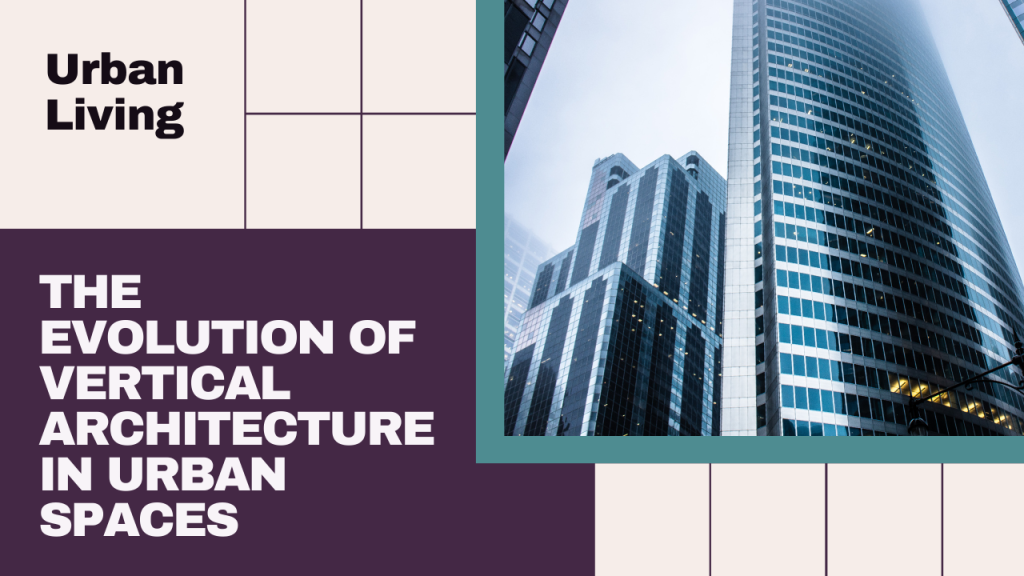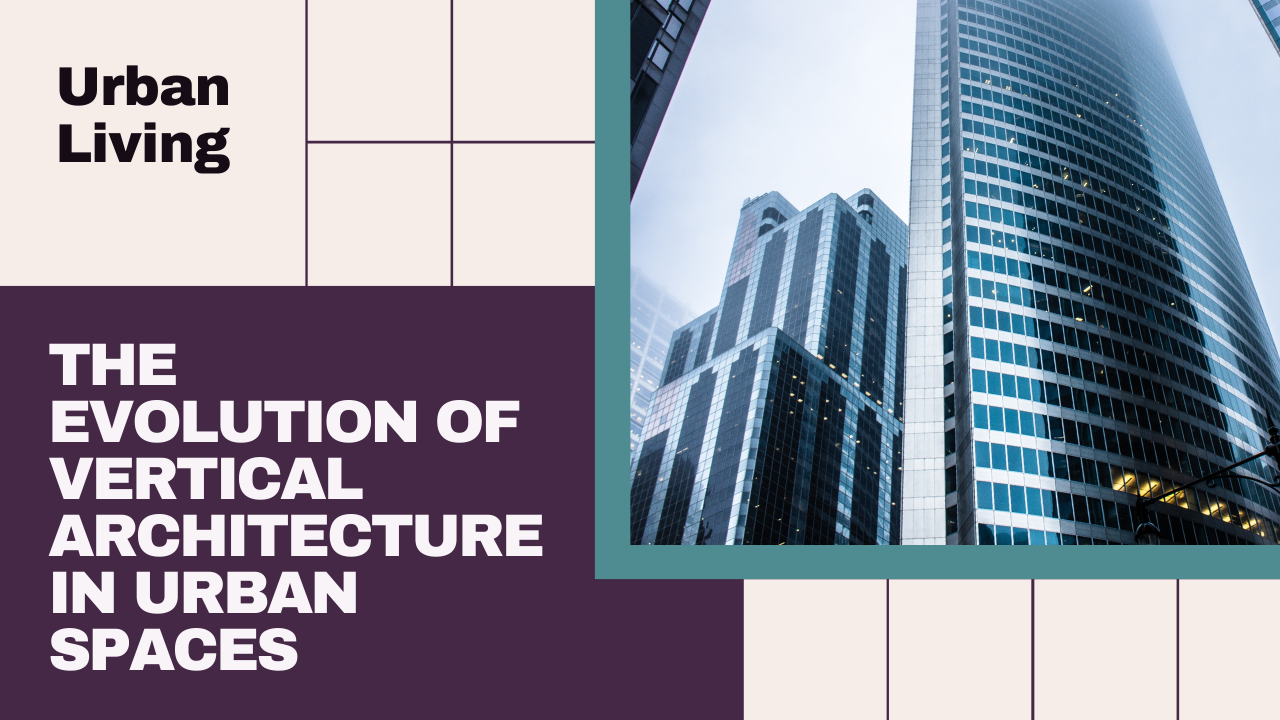Vertical living has become an increasingly popular answer to the growing need for residential and commercial space in highly populated urban centers across the globe. Urban environments are changing as a result of high-rise constructions, which are distinguished by tall buildings that soar over the metropolitan skyline and redefine how people live, work, and play. Due to the scarcity of land in city centers, developers are using more and more vertical construction to make the most of available space and establish thriving mixed-use communities.
Many benefits come with living vertically, such as excellent city views, economical use of land, and easy access to facilities and services. High-rise constructions accommodate a wide range of lifestyles and preferences, from luxurious condominiums with top-notch amenities to elegant office towers with state-of-the-art offices.
The convenience of residing and working near eateries, retail establishments, green spaces, and cultural landmarks promotes a vibrant urban lifestyle for both tenants and residents.
High-rise constructions are also frequently planned with sustainability in mind, utilizing green building elements like rainwater collection, green roofs, and energy-efficient systems. Vertical projects contribute to minimizing the environmental footprint of urban growth and mitigating the effects of climate change by encouraging compact urban living and eliminating sprawl. In order to improve sustainability and self-sufficiency, several high-rise buildings also include cutting-edge vertical farming and renewable energy technologies.
High-rise buildings provide advantages for living vertically, but they also present problems for social cohesion, transportation, and infrastructure. Vertical communities must be carefully planned and managed to ensure long-term profitability and livability in the face of issues like traffic, accessibility to public places, and community involvement. Sustainable urban growth will depend on finding a balance between vertical expansion and quality of life as cities continue to grow and change.


